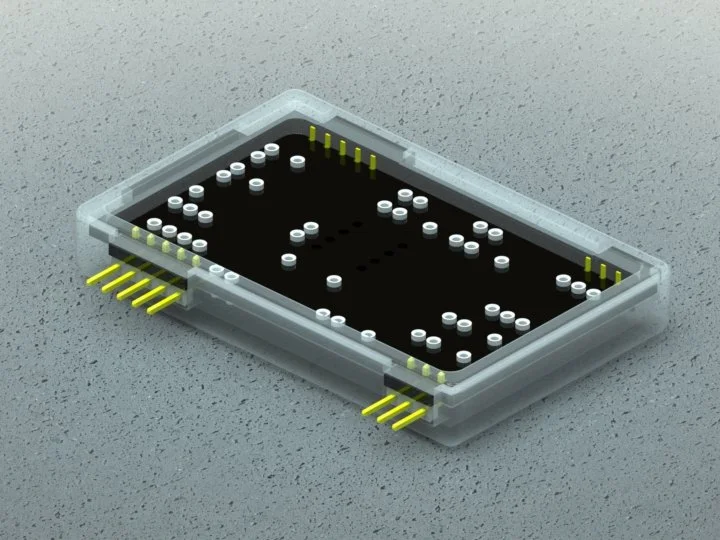
ComponentBoard is a revolutionary new breadboard that makes circuit building and design easier than ever before. With its intuitive plug-and-play approach, it eliminates the need for soldering, making it accessible to users of all skill levels, and comes with pre-built circuits, providing users with a seamless experience, by allowing users to plug together sequential modules, they can easily build complete systems with minimal effort and no specialized knowledge
ComponentBoard is the perfect tool for hobbyists, beginners, and professional electronic engineers alike. For hobbyists and beginners, it provides an intuitive and user-friendly platform to explore electronics, encouraging creativity and learning in an enjoyable manner.
For professional electronic engineers, ComponentBoard offers low noise design ensuring that circuits can be prototyped with a similar level of performance to that of a production circuit board, and is a powerful and efficient tool for rapid prototyping and circuit design, enabling them to test and implement ideas with ease.
Key Features
Existing breadboard: connections typically have two flat plates that are pressed against the round component pin. This surface area is relatively small, and the connection can be unreliable, especially for high-frequency or high-current circuits.
ComponentBoards receptacles, on the other hand, use four fingers to grip the component pin. This provides much more surface area for contact, resulting in a more reliable connection.
Excellent signal-to-noise ratio: ComponentBoard's multilayer screened PCB design reduces electromagnetic interference and crosstalk, improving signal quality and reducing noise. This results in prototype circuits with similar performance to production-level circuit boards.
Plug-in components - no soldering required: ComponentBoard allows users to simply plug electronic components directly into the board's receptacles, making the prototyping process faster, cleaner, and more user-friendly.
Pre-designed circuits: ComponentBoard comes with a library of pre-designed circuits for various applications. Users can choose the required components and plug them into the ComponentBoard, with the placement of components on the board determining the circuit connections. This eliminates the need for manual wiring.
Multiple power connections on PCBs: ComponentBoard features multiple power connections distributed across the product, facilitating a range of circuit configurations.
Interconnectivity between ComponentBoard's: Users can connect multiple ComponentBoard’s together seamlessly to create complex systems and larger circuits. Each ComponentBoard can have its own set of circuits or functions, and when connected, they form a complete system.
No need for lengthy surface wires: ComponentBoard's innovative design eliminates the need for long surface wires typically used in traditional breadboards. This enhances the prototype’s neatness and reduces interference and signal degradation due to excessive wire lengths.
Reduced radiating track metal: ComponentBoard minimizes the amount of radiating track metal, which can contribute to unwanted electromagnetic interference. This results in cleaner signal paths and improved performance, especially at higher frequencies.
Schematic identification and circuit creation: ComponentBoard's layout incorporates schematic identification, enabling users to quickly identify each component's role in the circuit. Plugging in the components automatically establishes the circuit connections based on their locations on the board.
Multiple circuits on single ComponentBoard: ComponentBoard offers multiple circuit layouts, allowing users to experiment with different configurations without the need for additional boards.
Overall, ComponentBoard offers a number of advantages over traditional breadboards for prototyping electronic circuits. It is faster, cleaner, easier to use, and provides better signal quality. Additionally, its pre-designed circuits and interconnectivity features make it ideal for creating complex systems.
